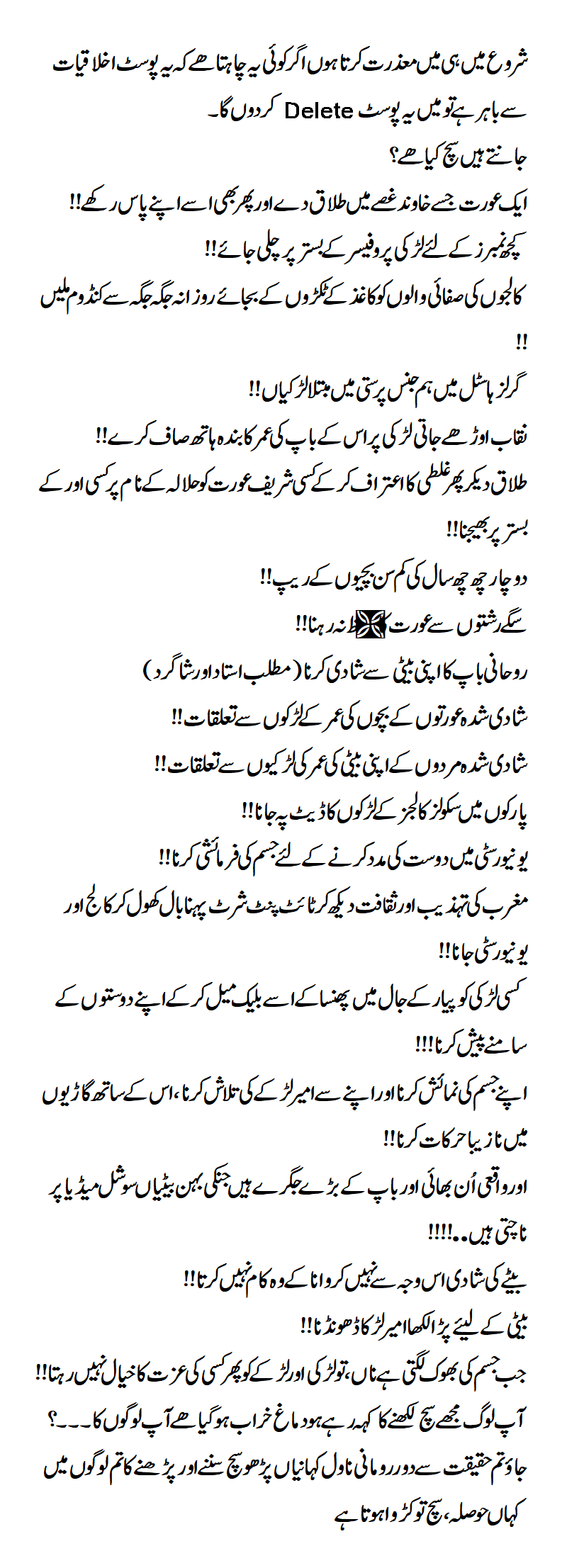Poor apologies are all too common in business. But the flipside is that, because they’re so rare, a good, convincing apology to a client can leave you with a stronger relationship than before you slipped up.
It isn’t hard to do, either. The key is to remember that you don’t want to sound like a faceless company talking to the faceless masses, but like one human talking to another.
Don’t be passive
Keep your apology active. (‘We made a mistake,’ not ‘Mistakes were made’.) This is almost always good writing advice anyway but it has a specific point here, which is that the passive voice looks like you’re blurring the facts or dodging responsibility. Rewrite ‘Mistakes have been made, the error is regretted and apologies are offered’ as ‘We made mistakes, we regret the error and we offer our apologies’ – and see the difference.
Your mistake involved someone doing something to someone (or, as the case may be, failing to). So your apology should too. Who made the mistake? How are you rectifying it?
Don’t copy the politicians
Make sure you’re actually apologising for the thing done and any damage caused. Politicians and PR people are masters of the non-apology apology. But, if you aspire to be more trustworthy, avoid accidentally imitating them.
One politicians’ trick is the conditional apology – ‘If our mistake inconvenienced anyone, we are sorry’ – which implies that perhaps no one was inconvenienced and so perhaps there’s really nothing to complain about.

There’s also its close cousin – ‘We apologise if any offence was caused by our mistake’ – which sneakily manages to say sorry for the offence, but not the mistake itself.
A similar trap you might fall into is the formulation ‘We would like to apologise,’ which prompts the question ‘Why don’t you just go ahead and do it, then?’